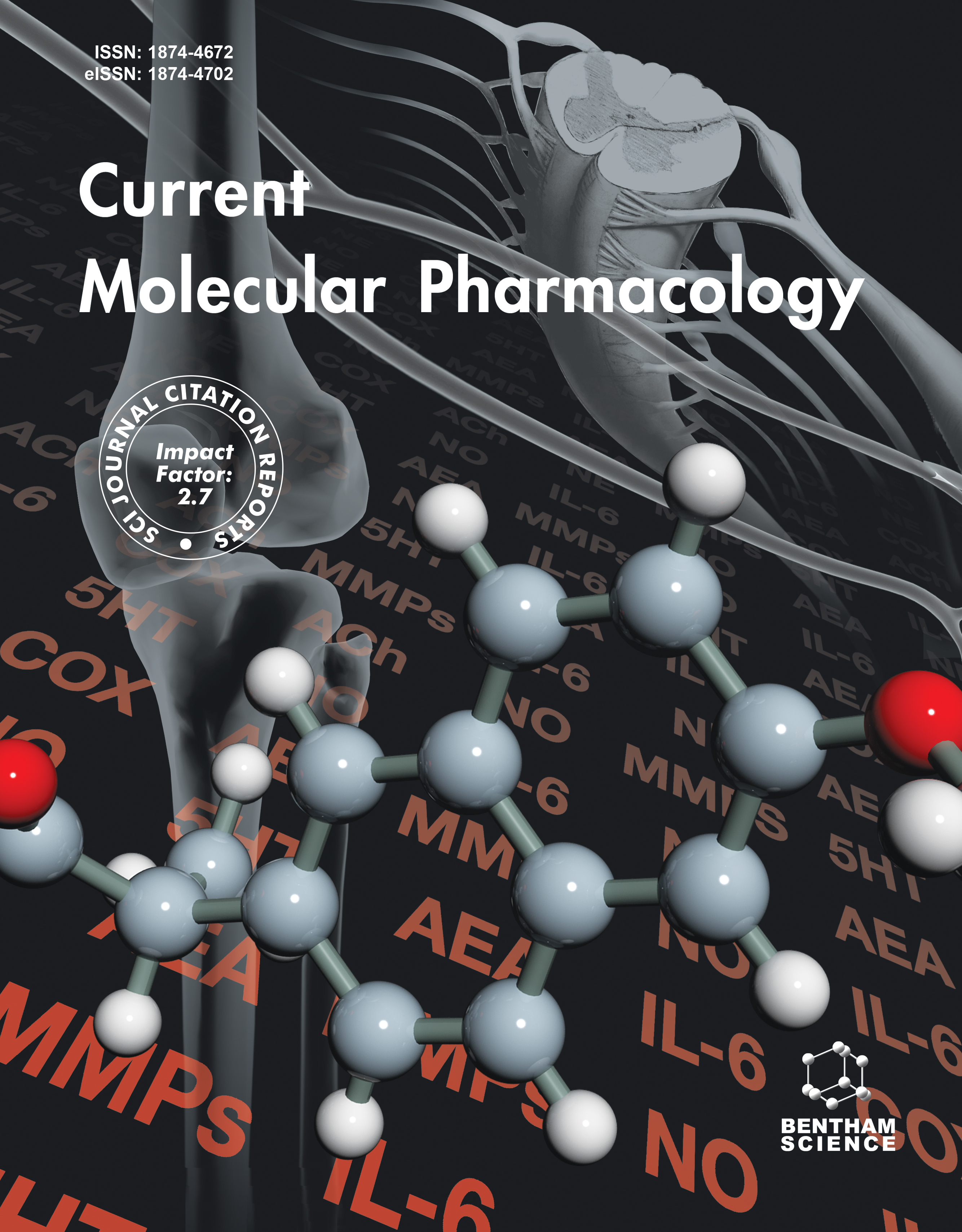-
oa Artemisinin Attenuates Isoproterenol-induced Cardiac Hypertrophy via the ERK1/2 and p38 MAPK Signaling Pathways
- Source: Current Molecular Pharmacology, Volume 17, Issue 1, Jan 2024, e18761429244886
-
- 03 Feb 2023
- 15 Aug 2023
- 13 Oct 2023
Abstract
Artemisinin (ART) is mainly derived from Artemisia annua, a traditional Chinese medicinal plant, and has been found to affect cellular biochemical processes, such as proliferation, angiogenesis, and apoptosis, in addition to its antimalarial properties. However, its effect on cardiac hypertrophy and the underlying mechanisms remain unclear.
This study aimed to investigate the effect of ART on cardiac hypertrophy and explore its possible mechanisms.
A rat model was established by intraperitoneal injection of isoproterenol (ISO) for 3 days, and the degree of myocardial hypertrophy was compared among 5 groups: a control (CON) group, an ISO group, and groups treated with different doses of ART (7 mg/kg/d, 35 mg/kg/d, and 75 mg/kg/d). Echocardiography was used to evaluate cardiac function and structure. The cross-sectional area of cardiomyocytes was measured by hematoxylin and eosin (H&E) staining. The heart weight (HW), body weight (BW), and tail length were measured, and the HW/tail length ratio and the HW/BW ratio were calculated. H9c2 rat cardiomyocytes were cultured, and different amounts of ART were added 2 hours before ISO stimulation. Phalloidin staining was used to evaluate the degree of cell hypertrophy. The levels of atrial natriuretic peptide (ANP) and brain natriuretic peptide (BNP) were quantified in rat plasma and cell supernatant using enzyme-linked immunosorbent assay (ELISA), while the expression levels of p-ERK1/2, p-JNK, and p-p38 MAPK were assessed in the myocardium and H9c2 cells via western blot analysis.
Intragastric administration of ART at a dosage of 35 mg/kg/d or over mitigated the early-stage cardiac hypertrophy induced by ISO in rats led to a reduction in left ventricular posterior wall diastolic thickness, interventricular septal thickness at diastole, lowered ANP and BNP levels, as well as a decrease in HW/tail length and HW/BW ratio. In vitro studies demonstrated that ART at a concentration of 100 μM inhibited ISO-mediated hypertrophy of H9c2 cells. The ISO group showed a higher p-ERK/GAPDH ratio and p-p38 MAPK/GAPDH ratio than the control group both in vivo and in vitro. Although the p-JNK/GAPDH ratio was increased in the ISO group, there was no statistical difference. The p-ERK/GAPDH and p-p38/GAPDH ratios were significantly lower in the ART group than in the ISO group.
The mechanism of ART against cardiac hypertrophy was related to inhibition of the ERK1/2 and p38 MAPK signaling pathways.


